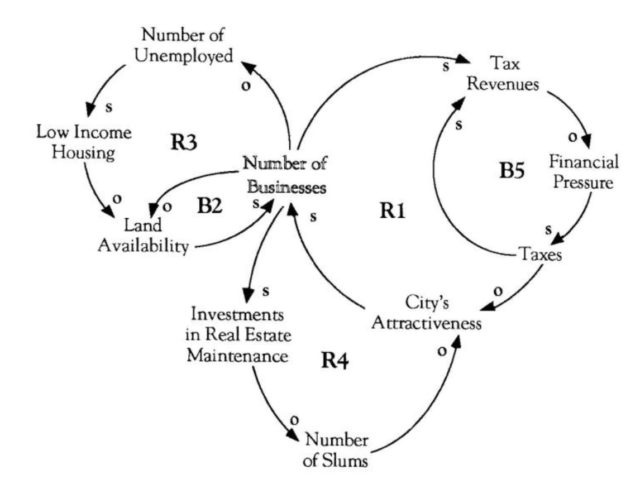|
Getting your Trinity Audio player ready...
|
OWN VOICE. ~ InPerspective by Gregg Dieguez —
There were three things that happened at the last MCC meeting, and they were all the same – though you may not have noticed it. One hundred people showed up, most to protest the County’s intransigence in not allowing a home-built bicycle “pump track” to remain in use. A bunch showed up to lobby for off-leash dog walking (and many more had attended a prior meeting). And finally, the County handed out an Early Warning Sign on its new coastal transportation plan, with up to 4 roundabouts, slowing traffic to 23 mph, stemming in large part from new housing complexes. And all three of those concerns say the same thing: the County has allowed overpopulation on the Mid-Coast to the point that people:
- Don’t have sufficient recreational opportunities for their children
- Can’t walk their dogs off leash without annoying other people
- Won’t be able to drive at even half the current speed limits, when the congestion is already notable.
- And then there’s the disaster evacuation and emergency services concerns, but that’s another article….
So what’s going on here? Simple, it’s called the Attractiveness Principle, in my words:
“If someplace is relatively more attractive than others, whether in climate, transportation, employment, or recreation, then people will keep moving there until it isn’t”.
There are many other scholarly applications of that principle, and it was intensely debated when the implications of that principle were applied in Urban Dynamics, but it’s easy to understand, it’s real and apparent to residents here, and it begs the question: “So what are we going to do about it?”
There are obvious, conflicting forces at work: people’s demands for a better life; resident taxpayer’s demand for preservation of their quality of life, health and safety; the sustainability of human existence on the planet, and more.
So what to do? For starters, I’d recommend you write to the County about their proposed transportation plan, which I’m calling DISCONNECT The Coastside, and/or attend the planning commission meeting regarding the LCP amendment on Jan. 22 in HMB. My understanding is that, if adopted, that amendment (which seems harmless on the surface), will bypass further rights of appeal at several levels. I know from my own research that the environmental impact assessment of the Cypress Point project is flawed (they didn’t even type the correctly spelled search term into the hazards database). And their traffic study had ridiculously low estimates of trip volumes. And AFAICT no one at the County has done a financial evaluation of all the costs of the project, even after providing funding totaling $5.5 million to a $2 Billion “non-profit” who is backing the project on behalf of the real estate and financial services industry (but that’s another article…).
As an ironic aside note that: CalTrans isn’t going to fund a pedestrian bypass at Grey Whale Cove because it’ll cost $2.5 million, yet EACH of the roundabouts is going to cost about $5m, plus water & sewer re-plumbing costs.
We’ll have to explore in more depth the transportation plan, and the limits to sustainability of population on the Mid-Coast, and in the County as a whole, but those are other articles. In the meantime, consider your own priorities and values, and voice them. Immediately, while it might still make a difference.

BACKSTORY: The Attractiveness Principle was formulated by MIT Prof. Jay Forrester, the inventor of core computer memory. During WWII he had invented the early fire control computers used on naval capital ships, and after making IIRC $55m in 1955 on the patent for core memory from IBM (back when that was Real Money), MIT offered him a Professorship. But he didn’t want it in the Electrical Engineering Department. He asked for, and was granted, one in the Sloan School of Management, where he applied EE control theory to more general management and societal problems, founding a discipline initially called “Industrial Dynamics”, later called “Systems Dynamics”, and you may have heard of it as “Systems Thinking” and/or in the book The Fifth Discipline by one of his disciples.
By coincidence, the longtime Mayor of Boston, John Collins, retired and was given visiting and consulting professorships at Sloan, in an office next to Forrester. And in happenstance discussions about the future of cities, they later enlisted the mayors and staff of Boston, New York, Detroit and other cities in analyses which led to Forester publishing a controversial book titled “Urban Dynamics”. It argued, among other things, that the most damaging policy of all was to build low-cost housing. And you’ve probably read about cities like Detroit and South Bend destroying decaying housing to improve their attractiveness. [But that’s another article…]
From analyzing different scenarios in Urban Dynamics, Forrester concluded that attempting to improve all aspects of a city will result in the inevitable problem of attracting more people than the city can accommodate. An urban area tends toward an attractiveness equilibrium with its surroundings; thus, if any region is more attractive than its neighbors (e.g. due to employment and housing opportunities), new residents will flock to that city.
More From Gregg Dieguez ~ InPerspective
Mr. Dieguez is a native San Franciscan, longtime San Mateo County resident, and semi-retired entrepreneur who causes occasional controversy on the Coastside. He is a member of the MCC, but his opinions here are his own, and not those of the Council. In 2003 he co-founded MIT’s Clean Tech Program here in NorCal, which became MIT’s largest alumni speaker program. He lives in Montara. He loves a productive dialog in search of shared understanding.







Thanks Gregg for contributing to Coastside Buzz!
What do you think?